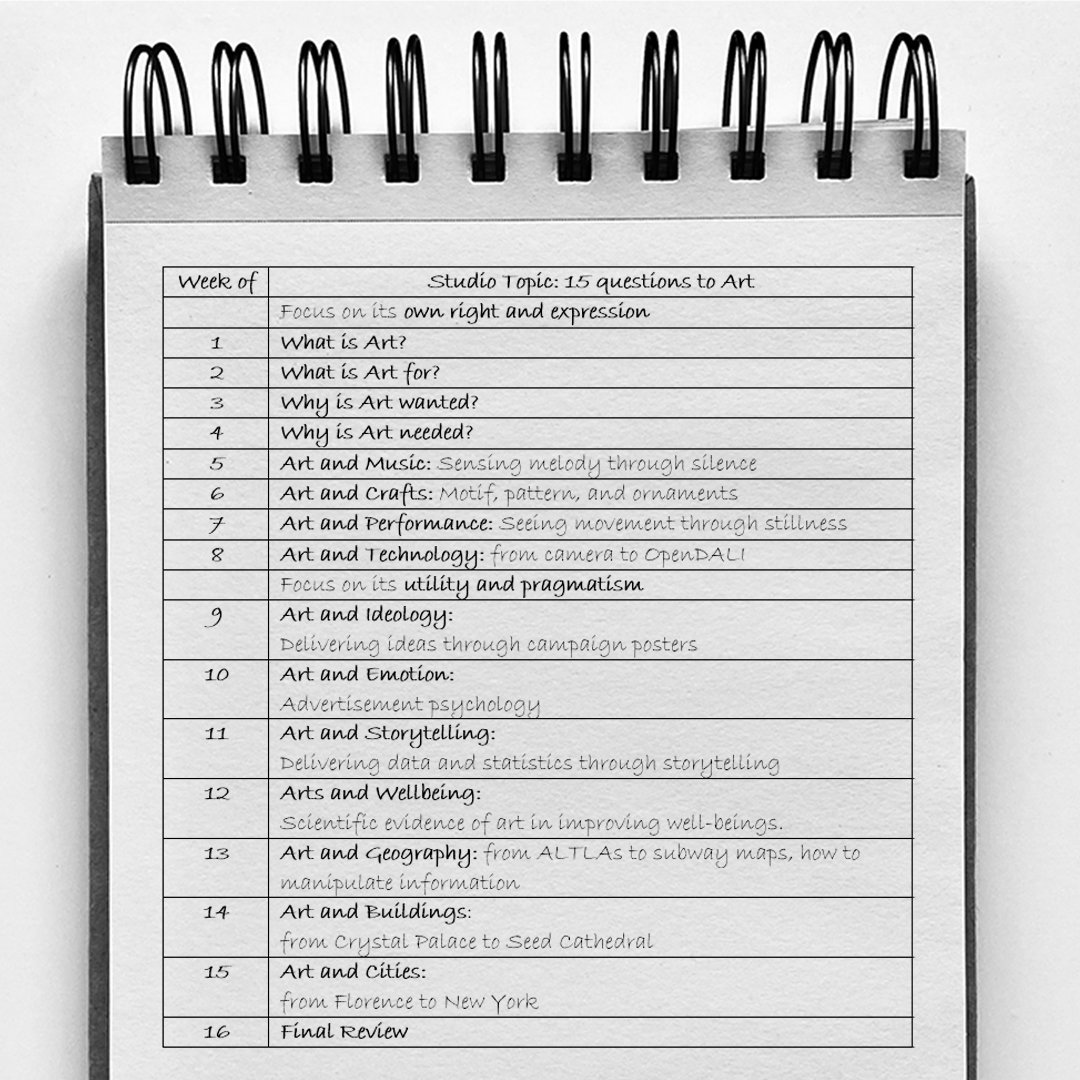Dear Tiffany,
It was nice to see you again at breakfast. I noticed you cut a new hairbang that makes you look younger.
You told me you are going to open a new course introducing art & design at Cultural College and want some of my ideas for teaching content. I was thrilled to hear that.
After a couple of days of reflection, I came up with these thoughts. First, I would bring culturally-relevant materials to students' learning process. Starting with answering these queries: "what is art" "what is art for" "why is art wanted" and "why is art needed." Those seem to be simple questions, yet, they bring out the fundamental complexity in how we view this world.
Throughout history, we tended to separate ourselves into two ends of the art spectrum: one group valued art as its right (or freely expression); the other emphasized its utility (or pragmatism). If I were you, I would accommodate students in comprehending both tangible and intangible aspects of arts and culture.
One way to serve the understanding purpose is to compare and contrast these two and make a connection to the conceptual design. In a sense, tangible translate to studio lessons would be crafts, music, performance, or technology. The intangible part will extend to values, beliefs, emotions, opinions, assumptions, etc. It is critical to having these courses in a studio format, so students can think while doing their studio projects and learn how to express these concepts in a two-dimensional arrangement.
Secondly, I would bring sustainable-related content into teaching practice for the sake of "culture." Often, people draw a distinct line between art and science. Sustainability is no doubt considered a scientific discipline. However, when the scale of these issues becomes immense, sustainability becomes part of the "culture." It will inevitably be expressed or performed in an art & design format. Passing over the principles of sustainability is like ignoring the ongoing culture. That further inhibits our ability to communicate with art or design.
Practice sustainability, in a way, is reusing, recycling, or repurposing material. Hence I would help students to use readily available materials and low-cost resources to complete their studio projects. Then let students interpret their work in their generational language or preferred industries.
At the end of the semester, I hope this curriculum will support students gain abilities to form their thinking path and develop their art/ design philosophy to cope with this ever-changing world.
Here is the course overview, let me know what you think.
(signed) Hepburn
My proposal to her studio topics.

